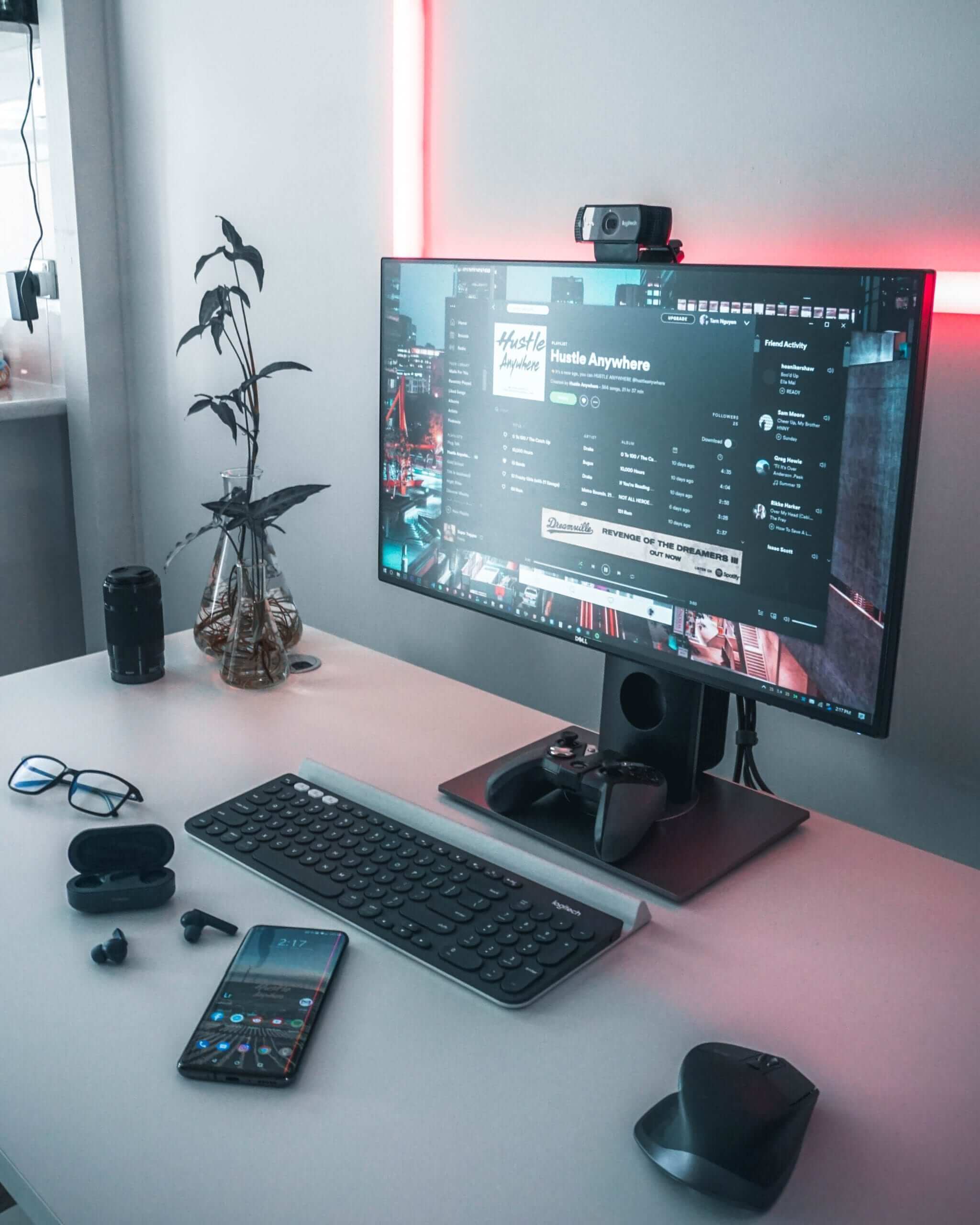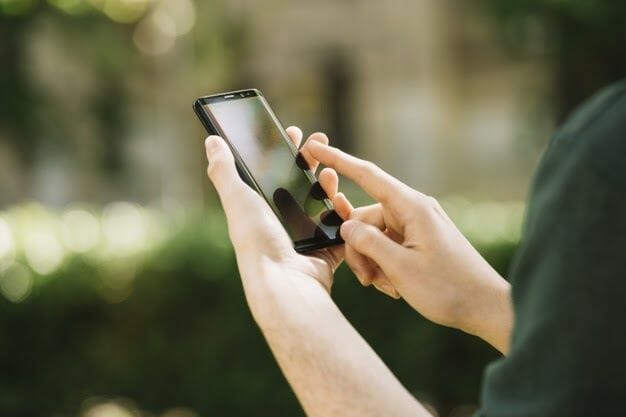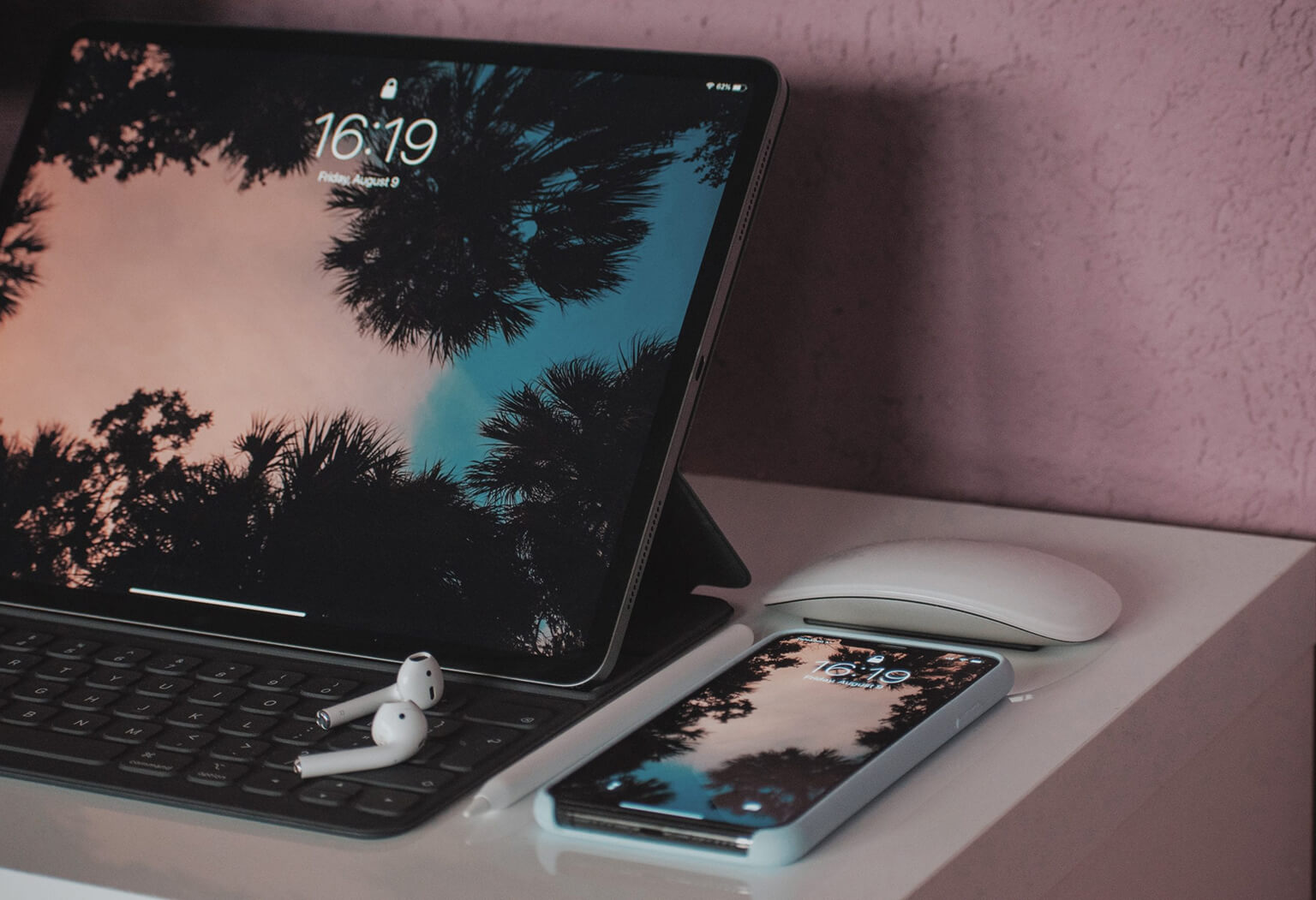It’s no secret that mobile battery technology doesn’t live up to our high usage, and cell phone manufacturers are always looking for newer, faster, and more efficient ways to improve sell phone charging technology. We’ve seen cell phone charging clothes, portable battery banks, wireless charging, and portable solar chargers – so what’s next? It may turn out that all your frustrated yelling at your dead cell phone won’t be in vain: researchers at Queen Mary University in London are teaming up with Nokia to develop on technology to charge cell phones via sound.

Last year, researchers noted that playing loud music improved the performance of solar cells and have since developed a nano generator which uses everyday background noise to create voltage. Zinc oxide, when stretched or compressed, converts energy from motion into electrical energy the form of nanorods, which respond to noise. The voltage is collected by electrical contacts on either side of the rods.
The prototype, about the size of a Galaxy smartphone, is fully functional and generates 5 volts – but it could be awhile before we see this exciting new cell phone charging technology available to consumers.
Imagine a smartphone prototype getting charged by ambient sound such as the cheers that you hear in a football ground or even the chatter that you hear in a restaurant. Won’t that be amazing?
Researchers and scientists from Queen Mary University of London and Nokia have collaborated to build a mobile device which can be refueled using the background noises such as that you hear in traffic or even through music which get converted into electricity.
Joe Briscoe and Steve Dunn of Queen Mary noticed a simulation and improvement in solar cells when rock or fast-tempo music is played around them. Using this knowledge, they created a device which could take motion energy and convert the same into electricity.
Vibrations and sound can help in charging the phone and improve the usage of electronic devices. They would be able to stay charged for a longer duration of time and you would not even have to worry about carry a charger every single time. Moreover, it would surely prove beneficial for the environment as by using alternative sources of energy such as sound, heat, movement, and light, you would be able to reduce the conventional electricity produced from fossil fuels.
The concept of harvesting vibrational energy with the help of piezoelectric materials has been around for over twenty years as per Joe Briscoe but the prototype design only came into effect when the team started working on zinc oxide nanorods.
The nanogenerators work as an energy harvester and uses piezoelectric property of zinc oxide. These nanorods are bent or stretched, they produce a voltage. These are then used to power a device such as a mobile phone.
Charging phones using sound is a futuristic technology and will surely reduce the need to charge phones through the conventional methods. However, this is yet to come into effect. Although it is unclear that this technology would be used by the smartphone manufactures, but it will certainly prove to be a good add-on feature that could be used.
This experiment was conducted by the Nokia team as follows:
They used zinc oxide in the form of tiny nanorod sheets. The zinc oxide tends to produce an electric current when it is subjected to mechanical stress and the nanorods tend to bend with respect to sound waves thus creating stress in the process.
The scientists then started spraying a coat of zinc oxide on a plastic sheet which was then placed in a mixture of chemicals and heated at 90ºC (194ºF) causing the zinc oxide to grow as a sequence of nanorods. In order to use the voltage generated, the nanorod sheet is sandwiched between the contact sheets. The contacts were typically made out of gold, but recently the researchers have developed a cost a cost-cutting technique which makes use of aluminum foil to generate electricity.
What is the concept of piezoelectricity?
Electric charge that gets accumulated in solid materials such as ceramics, crystals, biological matter such as DNA, bone and proteins found in the body with respect to the applied mechanical stress is referred to as piezoelectricity. It is mainly generated as a result of pressure and latent heat.

This effect is generated when there is a linear electromechanical interaction between the electrical and mechanical states found in crystalline materials where there is no inversion symmetry. This process is reversible and materials exhibiting this effect also exhibit the reverse effect of the same. The internal generation of the strain is a result of the applied electric field. For instance, crystals made out of lead zirconate titanate generate piezoelectricity when its structure becomes deformed. The inverse effect produced through piezoelectricity is used in the generation of ultrasonic sound waves.
Piezoelectricity has multiple benefits such as the production and detection of sound. It is also used in inkjet printing, drive ultrasonic nozzle, electronic frequency generation, generating high voltages and much more. This forms the basis of scientific instrumental techniques such as atomic resolution, scanning microscopes such as MTA, AFM, etc., and a plethora of other things as well.
The evolution of wireless phone charging technology
During the late – 18th and 19th centuries, Nikola Tesla came up with the concept of a device which could transmit electrical power between two conductors without the use of wires. However, due to financial and engineering limitations during that time, the device could not be developed. After a while, power cables became highly accepted using which electricity could be transferred to far off distances. Over time, people starting using portable devices which needed constant recharging and people’s attention shifted towards turning to wireless power. Here are more details related to wireless charging:
Different ways in which devices can be charged using wireless technology
Power through radio waves
Power transmission using radio waves was considered to be a good experiment during the initial stages of this project. Crystal radio is an excellent example of the manner in which radio waves can transmit power. The basic radio has a long wire which comes with an antenna, diode, and a ground wire along with a crystal earphone. The wires are attached at the end of the diode and the wire to be connected with ground is connected to the metal stake present in the ground which helps in connecting the crystal earphone present at the end of the diode. The radio can easily pick up radio waves and there is no required of a battery or any alternative power source as the radio waves are responsible for this source of power.
However, the problem with radio wave transmission is that it is not that efficient. The waves tend to spread out as they are transmitted in multiple directions and only a little percentage would make it to the antenna of the device that is put to charge.
There are several other ways to send electricity wirelessly such as magnetism or microwaves. This approach was adopted by engineers as it was easy to get rid of charging cords.
Resonant Wireless Charging
The wireless charging technique can be conductive or inductive. Conductive technology involves direct connection between the power source and battery whereas inductive charging involves electromagnetic field to fill the gap into the battery of the device.
Inductive charging is carried out with the help of a charging station. The energy is sent through inductive coupling which is used in an electrical device which is then used to charge the batteries to run the device.
Wireless ambient power
Companies are working on technology to draw power from ambient radio waves and keep the mobile phone handset charged up. The ambient electromagnetic radiation is emitted from Wi-fi transmitters, TV masts, phone antennae and several other devices. These radiations are enough to keep the battery topped up using the electric current. Researchers are working towards building a prototype which can harvest up to 50 milliwatts of power which can recharge the phone even when it is switched off.
Wirelessly powered light bulb
This device can remotely charge batteries and power the household appliances. With this, it is possible to charge 60-watt lightbulb sitting which can charge the source which is even two metres away. It is easy to send that amount of power over a certain distance. This technology can further be developed to charge wireless batteries in laptops, music players, and mobiles. Along with that, it can also be used to dispose electric cords that are used in household appliances.
2D Charging Solution
The current models of tablets and smartphones make use of charging pad which act as transmitters, transferring power to the wireless receiver and integrating them to desired sources. This technology is highly efficient and safest to use for electronic devices such as tablets and cell phones.
The miniaturized receivers are used directly into the devices that discard the need for external housing and sleeves on devices. It is believed that the wireless charging technology
With continued advances in wireless charging technology, transmitters built into workstations, desks, tables and a whole range of everyday furniture will soon become a reality.
For devices that use AA batteries, technology needs to be developed in a way that it can charge irregular shaped objects which are in any shape apart from being in flat shape or thin form. These devices are mainly used as wearable devices which com with small batteries. The in-device charging makes the device convenient to use for purposes such as cameras, wearable technology, gaming, and so on without having to remove or replace the batteries.

Benefits of Using Wireless Technology
The wireless technology for charging phones is extremely efficient solution for the following reasons:
- It is environment-friendly and would eliminate the need of plastic-body chargers which do not drain power and can be replaced easily. The technology could save dead batteries to end up in landfills which can prove to be toxic to the environment and allow the users to adopt new technology instead of the traditional power sources.
- This technology provides great convenience when it comes to charging devices on a daily basis.
- The charges related to mechanical connectors can be reduced with the help of this technology.
- This technology is safe to use and allows safe powering or charging of devices.
- It would be perfect for medical implant and allow powering through skin instead penetrating the wires into the skin which can lead to infections.
- Protected connection would be enabled with the help of this technology. There would be less chances of corrosion and as the device would remain protected from air and water.
- It is highly durable and you do not need to plug and unplug the devices as that would cause less wear and tear.
- It initiates non-radiative transfer of energy.
The experiment to charge phones would prove to be a feather in cap for the researchers who are coming up with technologies that are in-sync with the environment.

